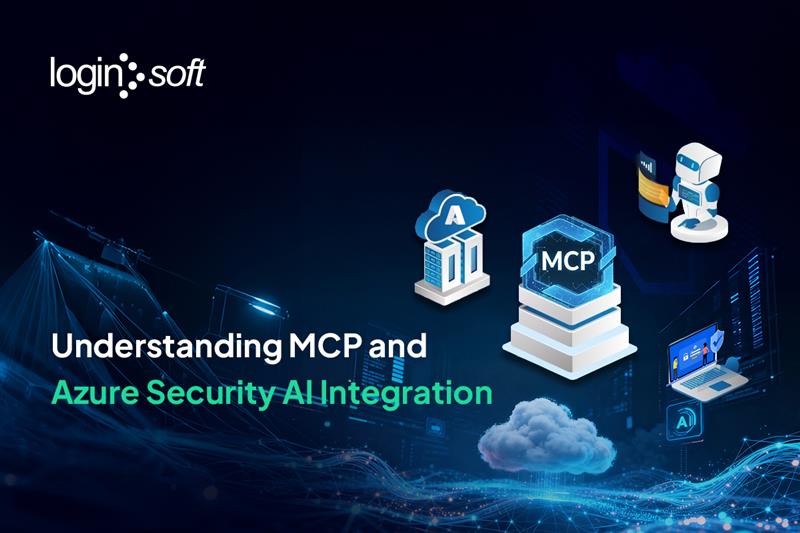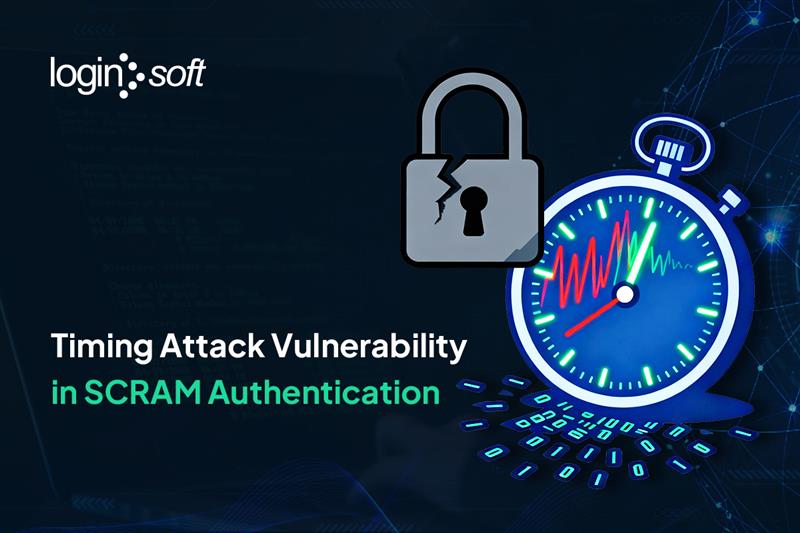In the shadowy depths of cyber underworld, a new predator has emerged: one that is silent, swift and already making waves across global networks. VanHelsing RaaS, a recently launched ransomware-as-a-service platform, is proving that even newcomers can shake the very foundations of cybersecurity. Debuting in March 2025, this operation wasted no time, within two weeks, it had claimed its first three victims and rolled out more sophisticated variant, signaling not just ambition, but capability. With a lucrative affiliate model, cross-platform reach, and strict no-attack policy against Commonwealth of Independent States (CIS) nations, VanHelsing is positioning itself not merely as a threat, but as a rising force in the ransomware ecosystem.
What sets VanHelsing apart isn't just its speed or sophistication, it's the structured, profit-driven model powering its rise. Operating under the alias VanHelsingRaaS, the platform requires affiliates to pay a $5,000 deposit to join, granting them access to its infrastructure and tools. In return, affiliates pocket 80% of ransom payments, while the core operators retain the remaining 20%. This aggressive, reward-heavy setup has attracted a range of threat actors, from seasoned cybercriminals to technically novice opportunists, allowing VanHelsing to rapidly scale operations and target high-value sectors worldwide.
Demonstrating a rare level of versatility, VanHelsing is engineered to infect a wide array of systems, spanning Windows, Linux, BSD, ARM-based devices, and VMware ESXi environments. This cross-platform functionality amplifies its destructive potential and makes it especially appealing to affiliates looking to exploit diverse digital ecosystems with a single, adaptable tool.
Targeted Industries: Government, Manufacturing, Pharmaceutical, Legal, Healthcare and Information Technology.
Targeted Countries: France, United States, Australia, Italy and Chile.

Technical Analysis
Initial Access
Recent activity linked to the VanHelsing ransomware group reveals a growing sophistication in how affiliates gain initial footholds into target environments. Among the most notable tactics:
- AI-Powered phishing: Convincing, AI-generated emails mimic internal communications to trick users into opening malicious content.
- Zero-day exploits: Affiliates have taken advantage of unpatched flaws in cloud platforms and collaboration tools.
- RDP and VPN attacks: Brute-force methods combined with session hijacking have been used to bypass Multi-Factor Authentication (MFA) and gain unauthorized access.
- Supply Chain Tampering: Legitimate software applications were modified during distribution, enabling stealthy malware delivery across trusted networks.
Execution
Once inside a target environment, VanHelsing Ransomware deploys a blend of stealth and automation to initiate its payload. The execution phase is marked by the use of Windows Management Instrumentation (WMI) queries, which help the malware gather system information and execute commands without raising alarms. Task scheduling is then used to ensure the ransomware runs at specific intervals or upon system reboot, maintaining a foothold. In addition, PowerShell scripts are leveraged for executing malicious code in-memory, reducing the chance of detection by traditional file-based security tools.
Persistence and Defense Evasion
To maintain persistent access to compromised systems, VanHelsing employs a variety of techniques designed to survive reboots and evade detection. These include the use of bootkits and the creation of malicious Windows Services, allowing the ransomware to auto-start with the system. The group also leverages DLL side-loading, a method that abuses the way legitimate applications load dynamic libraries to execute malicious payloads stealthily. Additionally, affiliates have been observed distributing infected browser extensions, granting persistent access through user sessions. VanHelsing also manipulates registry keys to silently run alongside, or even replace, legitimate processes, reinforcing its control while remaining hidden from security tools.
Ransomware Execution
Once deployed, VanHelsing initiates its attack by scanning all accessible drives, including local and network volumes while intentionally bypassing critical system files to avoid system instability. It then proceeds to encrypt data using the ChaCha20 algorithm, generating a unique 256-bit key and a 12-byte nonce for each file. These values are securely encrypted using an embedded Curve25519 public key and stored within the encrypted file. VanHelsing applies full encryption to smaller files, while for those exceeding 1GB, it encrypts only the initial portion to speed up the process while retaining extortion leverage.
The ransomware embeds the encryption metadata within each affected file and marks them with either a ".vanhelsing" or ".vanlocker" extension.
Ransom Note
VanHelsing ransomware leverages a double extortion model to maximize pressure on victims. Before initiating file encryption, it quietly exfiltrates sensitive data, such as financial records, personal information, and proprietary documents. Once the files are locked, victims are not only demanded to pay for decryption but are also threatened with public exposure of the stolen data if they refuse. Following encryption, VanHelsing alters the victim's desktop wallpaper and places a ransom note named "README.txt" in every affected folder. The note outlines the ransom demands and cautions against using third-party recovery tools, warning of potential permanent data loss.
It also maintains a private communication portal on darkweb, enabling direct negotiation between victims and the attackers.

Impact
The impact of VanHelsing ransomware on affected organizations is both financially and operationally devastating. Victims are instructed to pay a ransom, typically in Bitcoin, with demands reportedly reaching as high as $500,000 to regain access to their encrypted data.
To further complicate recovery, VanHelsing extracts sensitive system and email data, deletes shadow copies, and actively inhibits system restoration mechanisms.
VanHelsing techniques mapped to MITRE ATT&CK
Understanding VanHelsing's tactics through the MITRE ATT&CK framework provides valuable insight into its operational behavior and attack chain. By mapping its techniques to known adversary behaviors, defenders can better anticipate, detect, and respond to its actions.
Timeline of Notable Attacks in 2025
January 2025
- Victim: Major U.S. Energy Provider
- Impact: Temporary disruption of services due to ransomware intrusion affecting operational systems.
February 2025
- Organization Affected: European Financial Institution
- Impact: Data breach exposing 500,000+customer records, raising concerns about privacy and regulatory compliance.
March 2025
- Sector Hit: Healthcare networks in Latin America
- Impact: Coordinated attack crippled hospital IT systems, resulting in delays to critical medical procedures and service outages.
Securing Tomorrow: Defensive Takeaways from the VanHelsing Threat
The emergence of VanHelsing ransomware underscores the escalating complexity and impact of modern cyber threats in 2025. With its advanced techniques, multi-platform capabilities, and double-extortion model, VanHelsing poses a serious risk to both public and private sector organizations. This threat landscape calls for a shift from reactive defense to proactive resilience.
To reduce the risk of compromise, organizations should adopt a comprehensive security posture:
- Implement regular offline backups of critical data
- Keep all systems and applications patched up to date.
- Enforce multi-factor authentication (MFA) for all remote and privileged access.
- Deploy Endpoint Detection and Response (EDR) solutions to detect anomalous behavior early.
- Use application whitelisting to block authorized or suspicious executables.
- Practice network segmentation to limit the lateral movement of malware.
- Train employees on recognizing phishing and other social engineering tactics.
Sources Cited:
- https://www.cyfirma.com/research/vanhelsing-ransomware/
- https://research.checkpoint.com/2025/vanhelsing-new-raas-in-town/
- https://cyble.com/threat-actor-profiles/vanhelsing-ransomware-group/
- https://www.bleepingcomputer.com/news/security/new-vanhelsing-ransomware-targets-windows-arm-esxi-systems/
- https://fieldeffect.com/blog/new-vanhelsing-raas
- https://www.pcrisk.com/removal-guides/32432-vanhelsing-ransomware
- https://any.run/malware-trends/VanHelsing/




.jpg)



